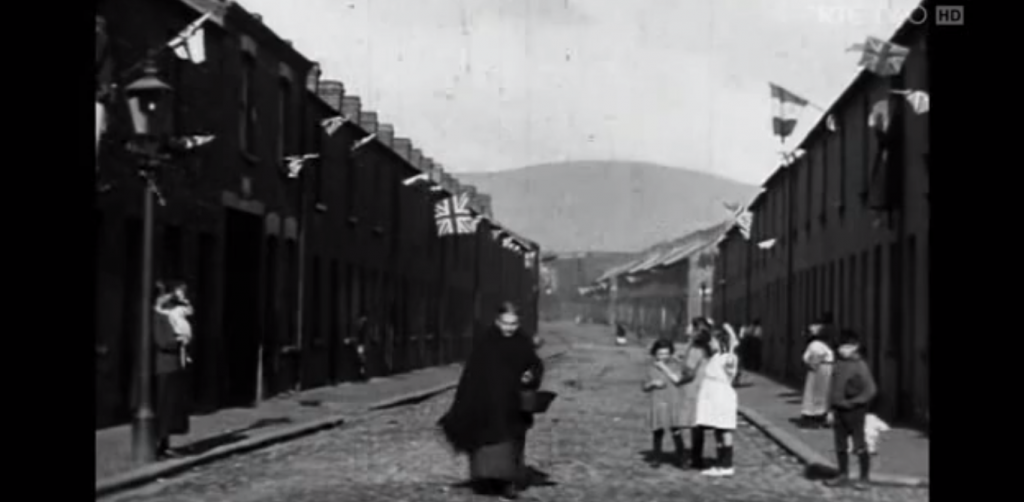Nobody understands the offside law, except you, the other fans of your team, and Billy McCracken, the Belfast man who pioneered the offside trap. In 1908 he had demanded that Irish internationals get the same £10 match fee as their English counterparts. The Irish FA banned him for life, but relented twelve years later. By then his tactical brain was changing English football.
The First Off-Side Rule
Football and rugby evolved from similar rules. Players always had to stay behind the ball, or else they were ‘off their own side’. You can still see this in rugby, as players form a diagonal line running forwards while passing the ball sideways or backwards along the line.
Early football was like this. One player dribbled the ball forwards and, when he could get no further, he passed it sideways or backwards. This law stifled the game, and it was relaxed in 1848. Now a player could move ahead of the ball, but only if there were at least three opponents between him and the other goal-line.
The First Off-Side Trap
Sixty years later, as football returned after the First World War, Billy McCracken perfected the off-side trap while playing with Newcastle United. He and his fellow full-back would move forward diagonally, with McCracken ahead of his team-mate.
When an opponent passed the ball to a striker, McCracken would rush past the striker, leaving him in an off-side position. Even if the trap was mistimed, the striker still had to beat the other full-back and the goalkeeper.
The trap infuriated opposing fans, who jeered McCracken and pelted him with fruit and, once, a pipe. But it impressed opposing defenders, who copied it. The tactic became widespread, forcing a change in the law.
The New Off-Side Rule
From 1925, a player only had to keep two opponents, not three, between him and the other goal-line. The off-side trap was now more risky, as if it was mistimed the striker now had only the goalkeeper to beat.
Defenders now had to play more square to each other, and stay closer to their own goal. Attackers could now play longer through balls. The impact was immediate, as goals increased by almost a third the next season.
This was the biggest change to the off-side law until 1977, when the International Football Association Board officially removed the hyphen from the word, changing it from ‘off-side’ to ‘offside’.








 Quote
Quote



Bookmarks